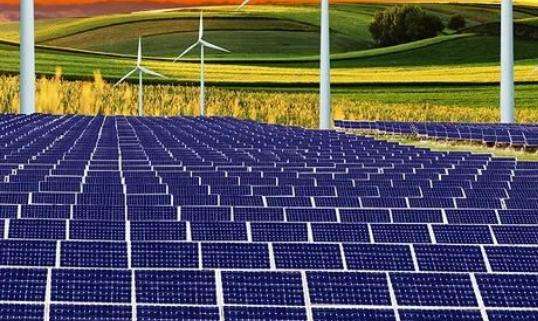The wind doll helps people turn the windmill and fluff the sails to operate the ship. People are very grateful to him.
“Wind Baby” is a text from Lesson 24, Unit 8, Volume 1, Second Grade Chinese Language, published by People's Education Press (Ministry Edition). The author is Chang Rui, and the readers are Yang Haibo, Zuo Xiaoqun. In the text, Feng Wawa thought he could do good things if he had the strength, but he ended up doing bad things with good intentions, making children understand that it is not enough to have good intentions in doing things, but also to see if they are really useful to others.
Wind refers to horizontal airflow. Wind direction refers to the direction of the wind; Wind speed refers to the speed of airflow. Weather services often use eo power levelslink to express the wind speed. Wind promotes the exchange of dry, cold and warm, humid air and is often an important cause of climate change.
Wind is a natural source of energy. Long ago, humans learned to make windmills and use wind power to pump water and process food. The movement of a sailboat is also determined by the wind. Wind plays many roles in daily life, but it also often causes disasters for humans. Storms, typhoons, hurricanes, tornadoes, etc. are very harmful to humans.
Wind speed refers to the horizontal distance that air flows per unit of time. According to the phenomenon caused by wind on objects on the ground, the size of the wind is divided into 13 levels, called wind power levels, or wind levels for short. The terms “east wind level 3” that we usually hearn weather forecasts refer to the “Beaufort level”.
Wind direction refers to the direction in which the wind is blowing. For example, north wind means that air flows from north to south. Wind direction is generally represented by 8 directions. They are: north, northeast, east, southeast, south, southwest, west and northwest.
Wind is one of the environmental factors in agricultural production. Moderate wind speed plays an important role in improving the environmental conditions of agricultural land. Near-surface heat exchange, evapotranspiration from agricultural land, and carbon dioxide and oxygen transport processes in the air accelerate or intensify as wind speed increases.
Wind can spread pollen and plant seeds, helping plants pollinate and reproduce. Wind energye is a widely distributed and inexhaustible source of energy. The monsoon prevailing in China is beneficial for crop growth. On the Inner Mongolian Plateau, the Northeast Plateau, the Southeast Coast and the Inner Mountains, there are abundant wind energy resources that can be developed and used as energy.
Detailed information:
Wind refers to horizontal air flow. Wind direction refers to the direction of the wind; Wind speed refers to the speed of airflow. Weather services often use wind power levels to express wind speed. Wind promotes the exchange of dry, cold and warm, humid air and is often an important cause of climate change.
Wind is a natural source of energy. Long ago, humans learned to make windmills and use windmills.wind power to pump water and process food. The movement of a sailboat is also determined by the wind.
Wind plays many roles in daily life, but it also often causes disasters for humans. storm, typhoon, hurricaneWinds, tornadoes, etc. are very harmful to humans.
Baidu-Fengwa Encyclopedia
Baidu-Feng Encyclopedia














